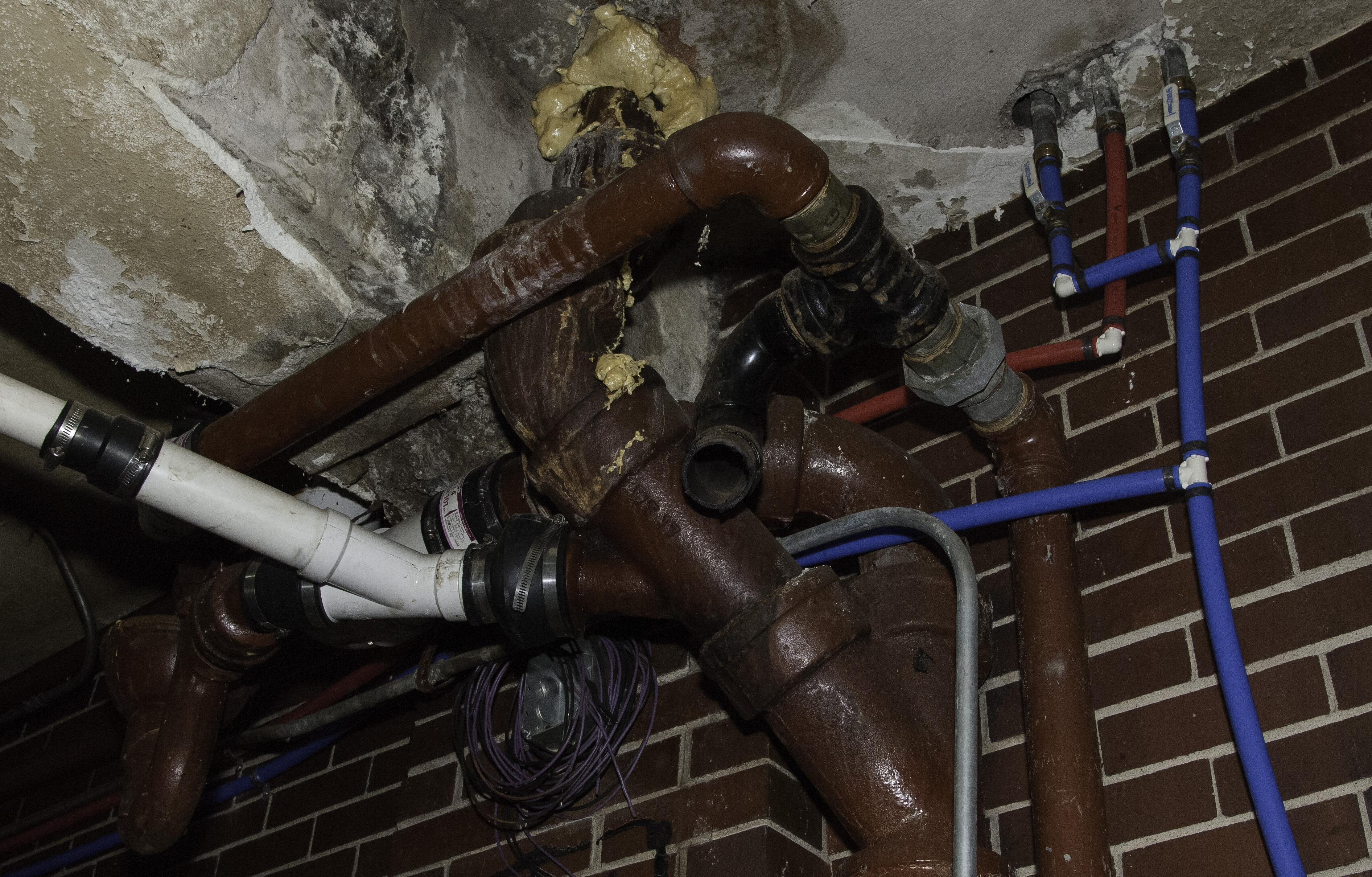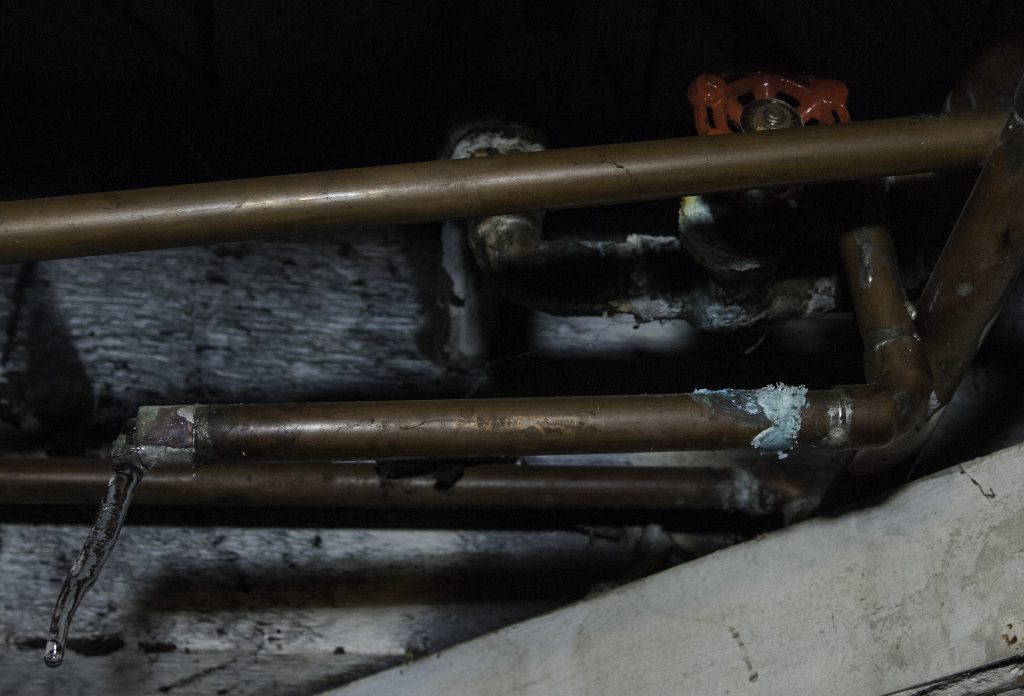NEWS
Home Renovation: Vintage Plumbing
When it comes to vintage plumbing, knowing what to repair and/or replace can help a homeowner save money, time and angst.

Lurking in the basement and hidden behind walls and under cabinets, the plumbing systems in vintage homes don’t usually come to mind until there’s a leak. Or you open a wall during a renovation and discover a water or waste line in your way. With practice and planning, vintage-house DIY’ers can help ensure that their home’s plumbing system functions properly and remains out of mind.
Plumbing — derived from plumbbum, the Latin word for lead — originated in ancient Roman, Greek, Indian, and Chinese societies. While not as sophisticated or individual as our modern systems, each society developed ways to bring water and dispose of waste in their cities. It wasn’t until the late 19th century that municipal water and waste systems began appearing throughout the United States.
Because bathrooms and kitchens are the most heavily renovated rooms in your home, they have seen their share of repairs and replacements. If you’re fortunate enough to have good quality vintage tile and fixtures, you can consider retaining and repairing while updating the underlying plumbing.
Knowing what to repair and/or when replacement is required can help a homeowner save money, time and angst. A variety of piping in older homes can be repaired. Copper pipe is a common type of water supply line, which can be repaired by cutting out damaged sections and soldering in new copper pieces. Galvanized pipe, ridged and gray in color, commonly experiences corrosion that restricts water flow. It’s best to replace galvanized pipe as repair is largely unsatisfactory.

Corroded copper pipe. (Photo: Cliff Zenor)
Old waste and vent lines are generally cast iron, a black ridged pipe. Cast iron vents travel from the basement up through the roof to vent gases from the waste system and also are used to convey the waste to the sewer line. While cast iron is durable, it can become brittle, so be careful when working around it. In modern plumbing, waste and vent pipes are PVC, a heavy-duty, rigid plastic material.
Lead pipes, in use through the 1930s, are also common in old houses. Today the hazards of lead are well documented. You can identify lead by its gray color and relative softness. You should replace all lead piping that is supplying drinking water.
If you’ve determined it’s time to update your system, or if your kitchen or bath renovation plans involve the relocation of plumbing lines, a new system on the market makes the work much easier. PEX, flexible piping made of cross-linked polyethylene, provides faster and easier routing of lines through walls and ceilings than solid copper or PVC piping. The PEX-style system also offers a manifold that provides shut-offs for individual rooms, making repair or problems in the future much easier to address. Make sure to consult the building department for the appropriate codes and permits for plumbing and work with a licensed contractor for quality and warranty.
At the Vintage Green project house in South Bend, we reconfigured a poorly designed second-floor bathroom, but maintained its location above the kitchen so that supply and waste pipes could be grouped in the same area to save costs. We relocated a half-bath in the corner of the kitchen to an alcove, freeing up the kitchen floor plan. (Gaining access from the basement for first-floor plumbing changes is easier than alterations on upper floors.) Finally, we installed high-efficiency toilets, hot water heater and low-flow fixtures to save water and utility costs for future homeowners.
This article first appeared in South Bend Tribune.
Stay up to date on the latest news, stories, and events from Indiana Landmarks, around the state or in your area.
